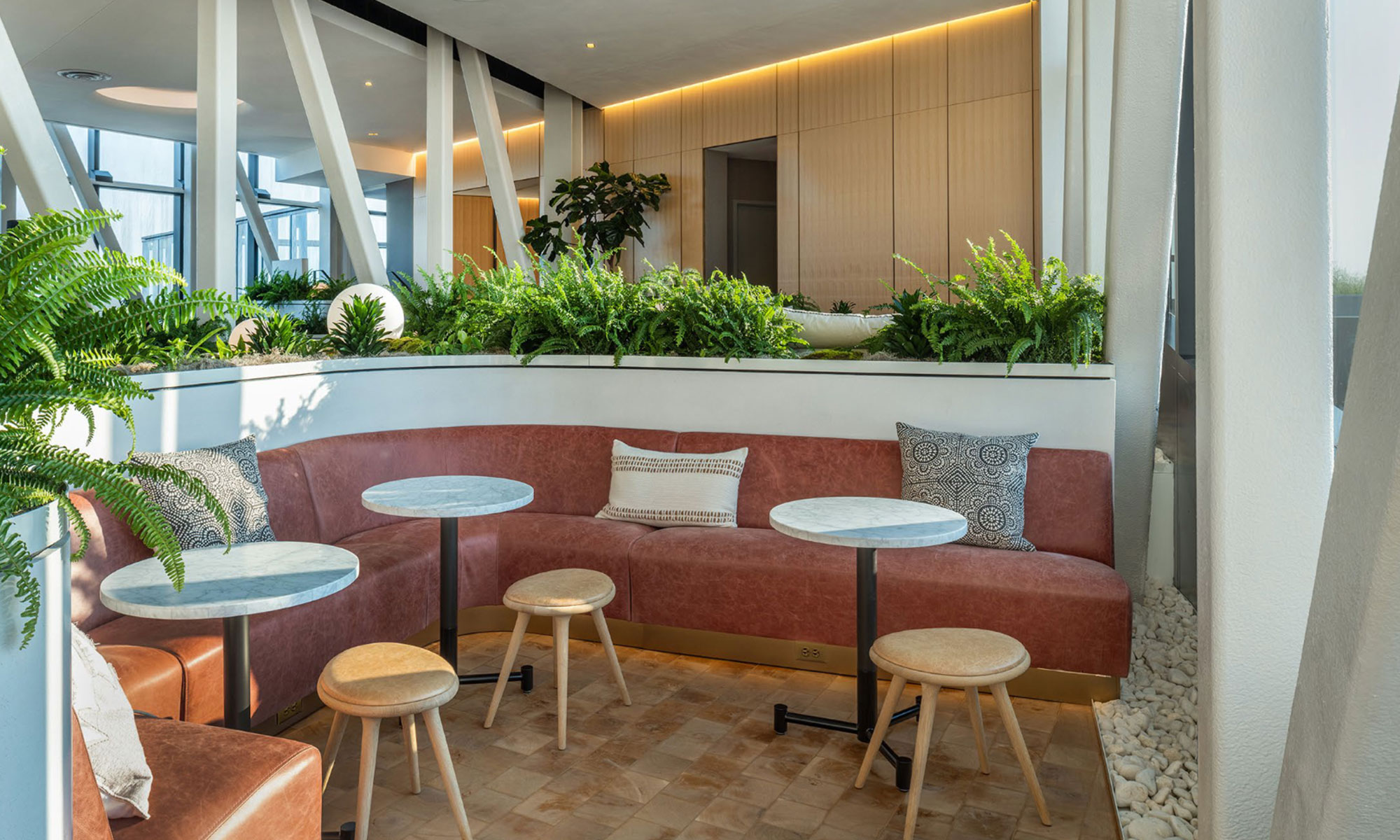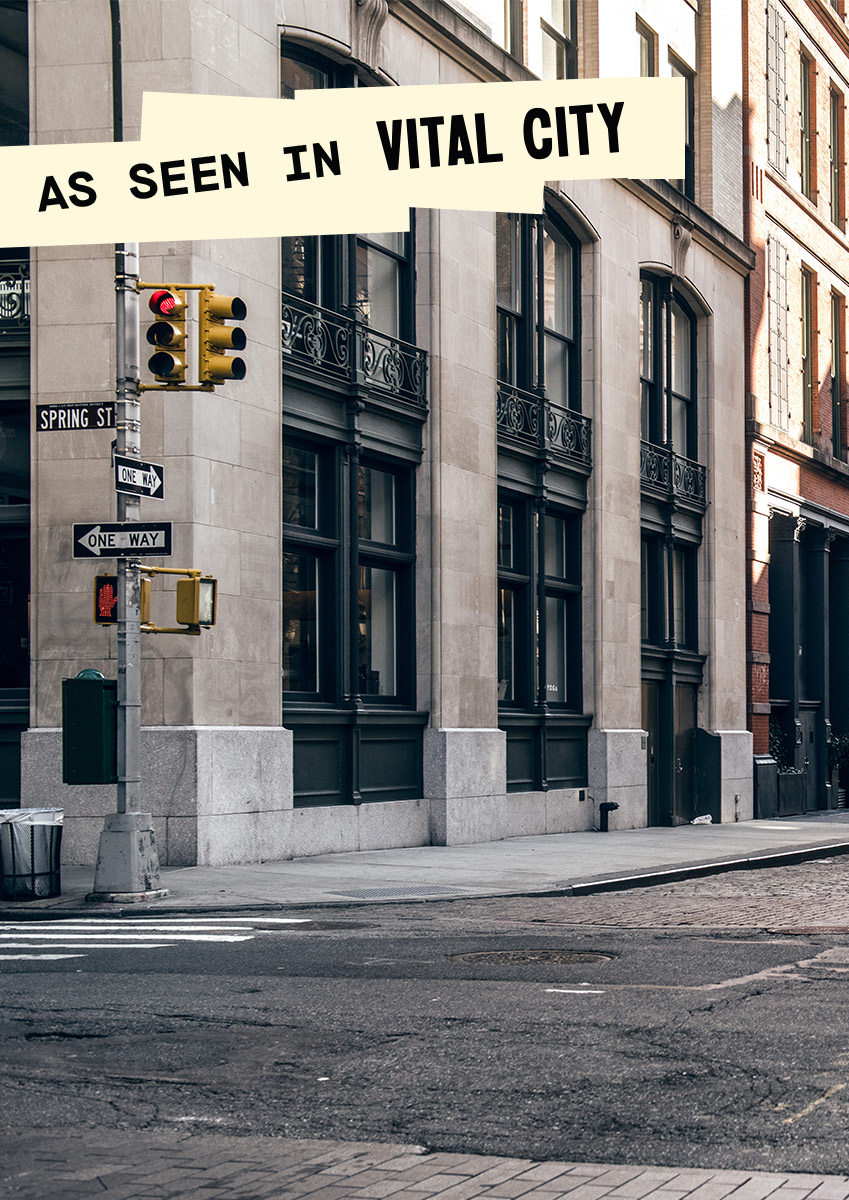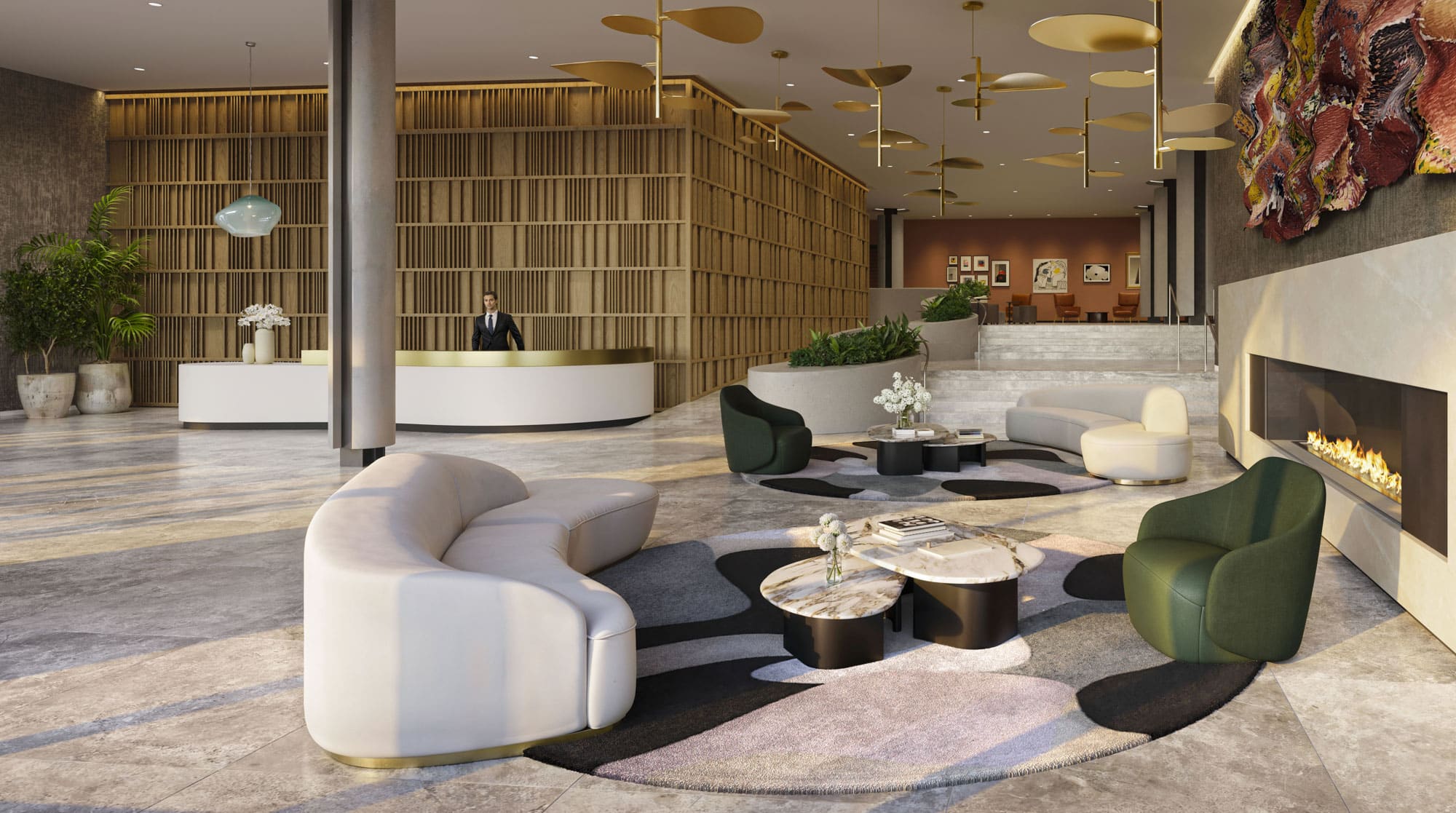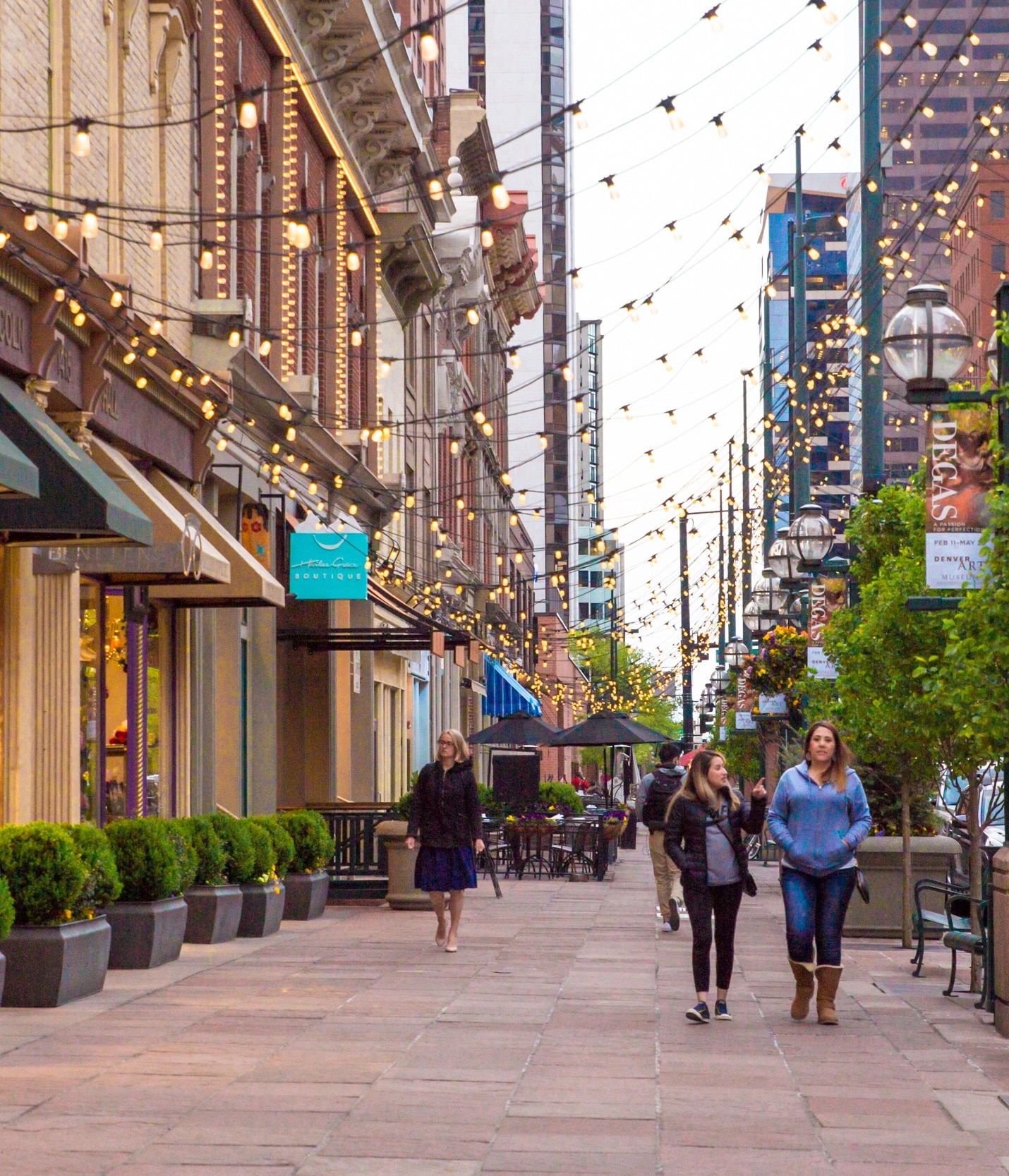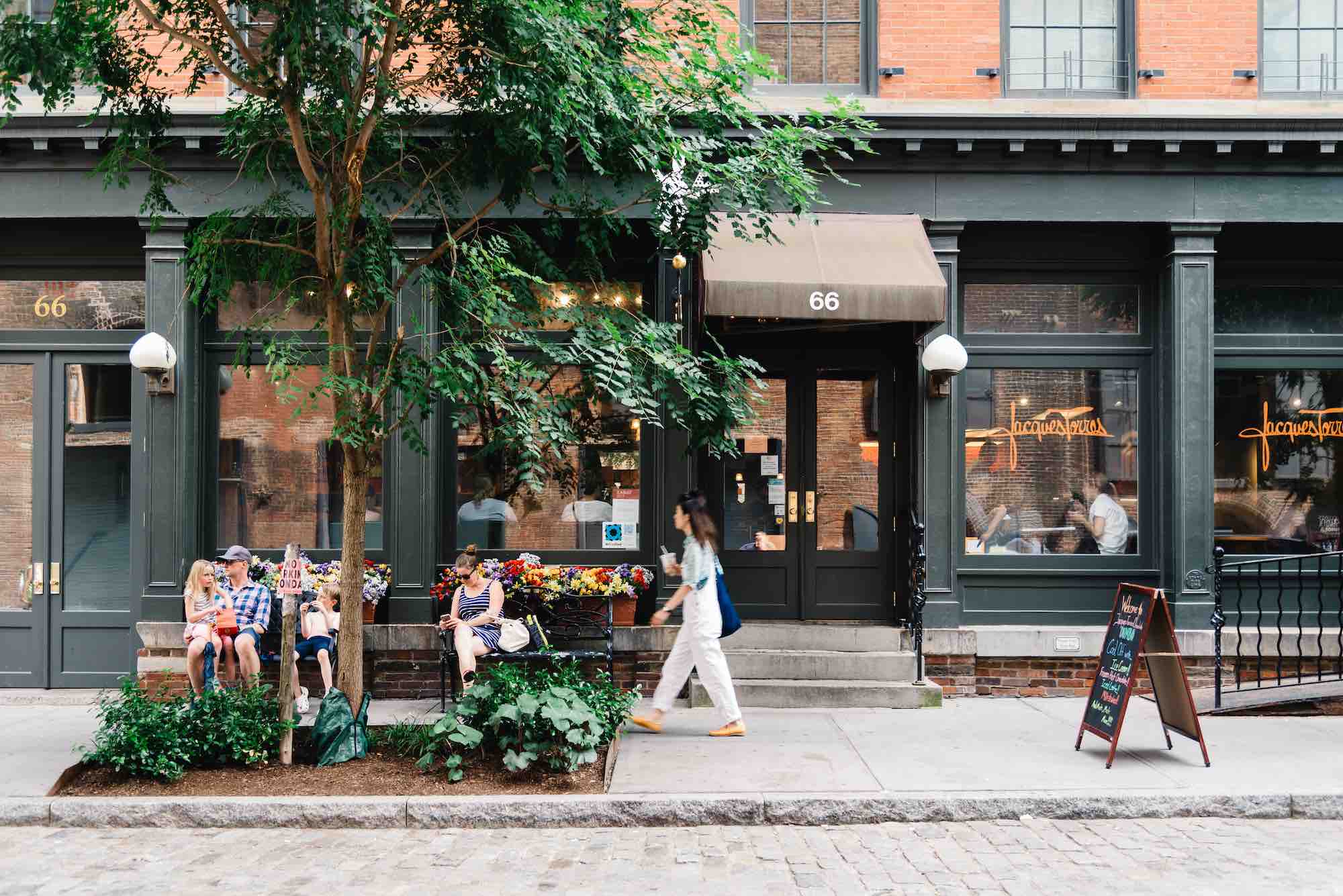Edit Senior Design Director Brian Miller, head of Streetsense’s Interior Architecture team, delivered a talk called “One Size Fits All, Amenities that Check Every Box” at BMAC East in November 2022, advising multifamily real estate companies on trends, thoughts, and best practices that inform best-in-class amenity interior design. Here are some of the key takeaways.
Don’t Make Spaces So Prescriptive
We love a good label. “Lounge.” “Coworking room.” “Shared kitchen.” These spaces and their designations are impressive on the tour. But, in the words of Brian Miller, “the minute they start using those spaces as residents the distinctions cease to matter.” Therefore, design all spaces with all uses in mind. The following takeaways show how.

Design Amenities to Maximize Usage
Instead of designing for the most offerings, design for the most activation. In other words, it’s not how many rooms you have. It’s what people can do in those rooms. Then, on the tour, “the building pitches itself.”

Good Fences Make Good Neighbors
A sense of distinct, ownable space is paramount to resident comfort—no competing for resources or guarding your space. There are many ways to accomplish this, through concretely defined areas to loose furniture groups to small rooms. But, the separation is key.

Everybody Loves Booths
A booth is an open yet 80% private space, where a resident is part of the action but not distracted or consumed by it—like a coffee shop. They’re also hospitality driven, giving the living space an elevated air with full functional flexibility.

Put Power Everywhere
We all know it’s important to have widespread power distribution, but it’s equally if not more important to ensure all the outlets are obvious and accessible. No cover plates or under-the-table tricks. They can sit in baseboards, above tabletops, in walls, in lamp bases, hell, give it a brass trim, but whatever you do, they need to be well distributed and they need to be apparent.

How Often Do You Need That Space?
Design spaces for the 95% of the time they don’t have a specialist use, not the 5% they do.
Of course, you want the ability to have rental events, activations, building-wide events, private parties—but make sure the spaces are working on a daily basis. Make rooms that can be closed off when they need to be, but it should take some work. Remember, most of the time these spaces are only used by a single person. In other words, we hate to see the one person camping in the six person conference room.

Flexible Usage = Maximum Usage
This maxim doesn’t just apply to lounge and work spaces, it also applies to fitness centers, pet spas and dog runs. Again, make sure the spaces that will be used by one person are scaled for one person. For instance, private workout rooms—100sf of space where one person can book a trainer or do a screen-workout—are much more effective than 300sf that can easily be monopolized by a crossfit workout. As far as pet spas or dog runs, does it connect to the street, or is it tucked away in the parking garage? If the latter, it will reduce usage. Make spaces part of a routine rather than a destination.

Break Down Big Rooms Into Comfortable Spaces
A 4000sf room feels great when it’s active, but can get oppressive when it’s not. Think about being the first diners to be seated in an empty restaurant. It’s unsettling. You can combat this by breaking up spaces through level changes, with planters, with creative structure. Different groups can use different sections for different uses.

Psychological Comfort
Ergonomic experts do not endorse how the modern worker chooses to work. Tour any coworking space and see: slouching and lounging rule supreme. Everyone feels comfortable in different ways, but they all want a room where they feel welcome regardless of what utility the space provides. So build a space where the modern worker can choose between slouching on the sofa, chilling at the bar, or turning the counter into a standing desk.

Thoughtful Acoustics
Good acoustic treatments are crucial to making people feel comfortable, and they let you get more people into a space. Bad acoustics lead to more separation. Think about it like this: more people will use a 3000sf space with great acoustics than a 5000sf space without them. As Brian puts it, “good acoustic treatment is expensive, but it’s not as expensive as more space.”

Residents Value the Amenities They Use
To conclude the talk, Brian said, “the most magical amenity tour in the world may help to sign leases but it won’t get you renewals.” As retention costs skyrocket, residents will stay if they feel like the building supports every part of their lives—amenities that check every box. For his final thought, Brian put it succinctly: “It’s not a matter of space, it’s a matter of how space gets used.”

Streetsense offers multidisciplinary services—from branding to interior architecture to marketing—that help multifamily properties find their narratives, define their spaces, and lease up. See our work at The Wren, where our team told the story of an introverted building in an extroverted neighborhood through brand, place, and marketing strategy.
BACK TO LATEST


